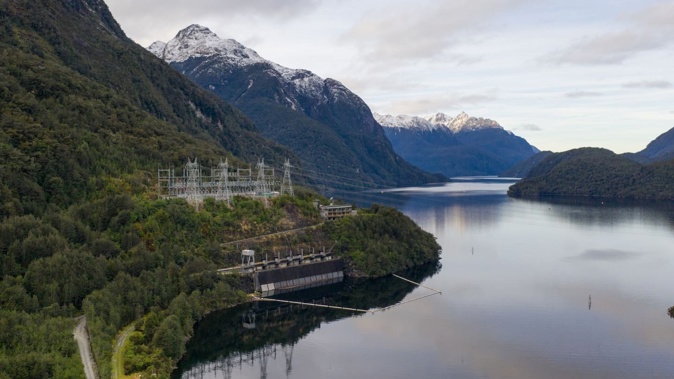
New Zealand Aluminium Smelters’ plant at Tiwai Pt in Southland will ramp up production sooner than expected thanks to improved hydro lake storage.
The smelter has a demand response agreement with NZX-listed Meridian Energy that enables the power generator to request Tiwai, the country’s biggest power user, to reduce production when the system is stretched.
“New Zealand’s hydro storage is looking healthier than it was just a few weeks ago, and we are confident regarding the security of electricity supply for this winter,” Meridian chief executive designate Mike Roan said.
“As a result, we want NZAS to get back to business,” he said.
National grid operator Transpower last week reported that New Zealand hydro storage was running at 92% of the seasonal mean.
South Island hydro storage remained steady at 91%, while North Island storage decreased from 109% to 102%, Transpower said.
NZ Aluminium Smelters (NZAS) will ramp up production from June to bring the current demand response to an end early, targeting a completion date of August 11 rather than November 25.
The demand response option - struck in February - is Option four under a deal brokered last year. It was for 185MW but was later modified to 50MW.
Meridian will next have the ability to call for demand response Option three (100MW) or Option four (185MW) under the demand response agreement between the parties to take effect from April 12.
The electricity sector is still smarting from last August’s shortage, which saw wholesale prices hit $820 per megawatt hour (MWh) due to constrained gas supply, low hydro lake levels and calm wind conditions.
Last minute gas supply deals with methanol producer Methanex, plus demand response deals with major power users, were used to take pressure off the system.
Prices so far this year have been firm.
In March, prices neared $400 per megawatt hour (MWh) – compared with an average winter price between 2018 and 2023 of just $180/MWh.
Late last week, the daily average wholesale power price was around $159/MWh.
The aluminium smelting process requires constant energy. Under normal conditions, NZAS consumes about 12% of New Zealand’s total production.
Jamie Gray is an Auckland-based journalist, covering the financial markets, the primary sector, and energy. He joined the Herald in 2011.
Take your Radio, Podcasts and Music with you









